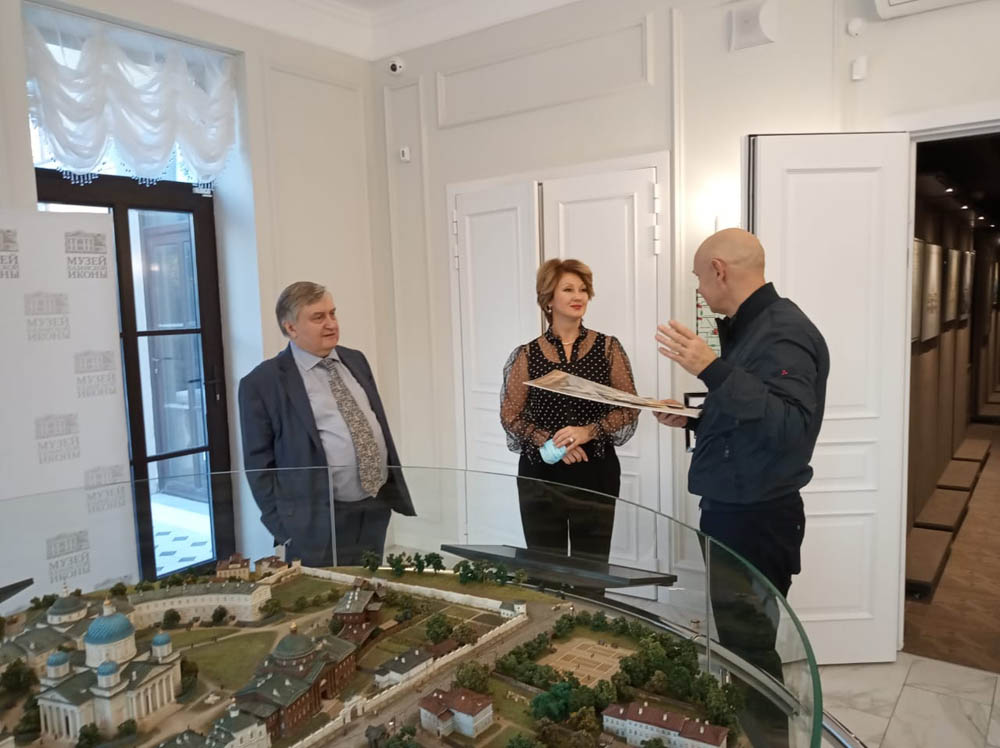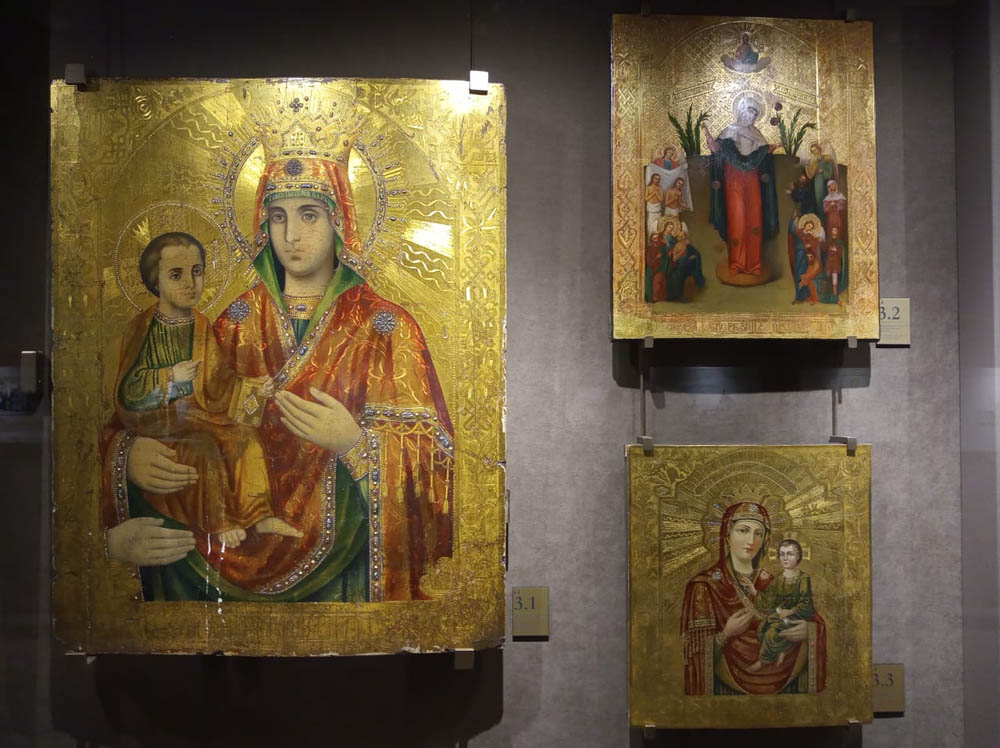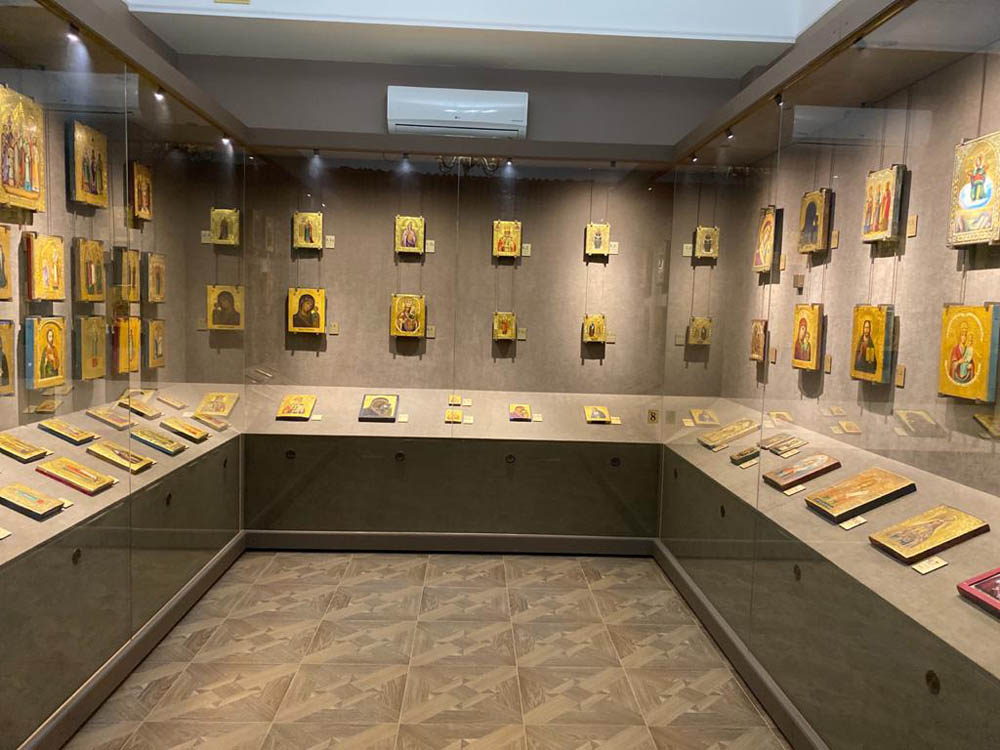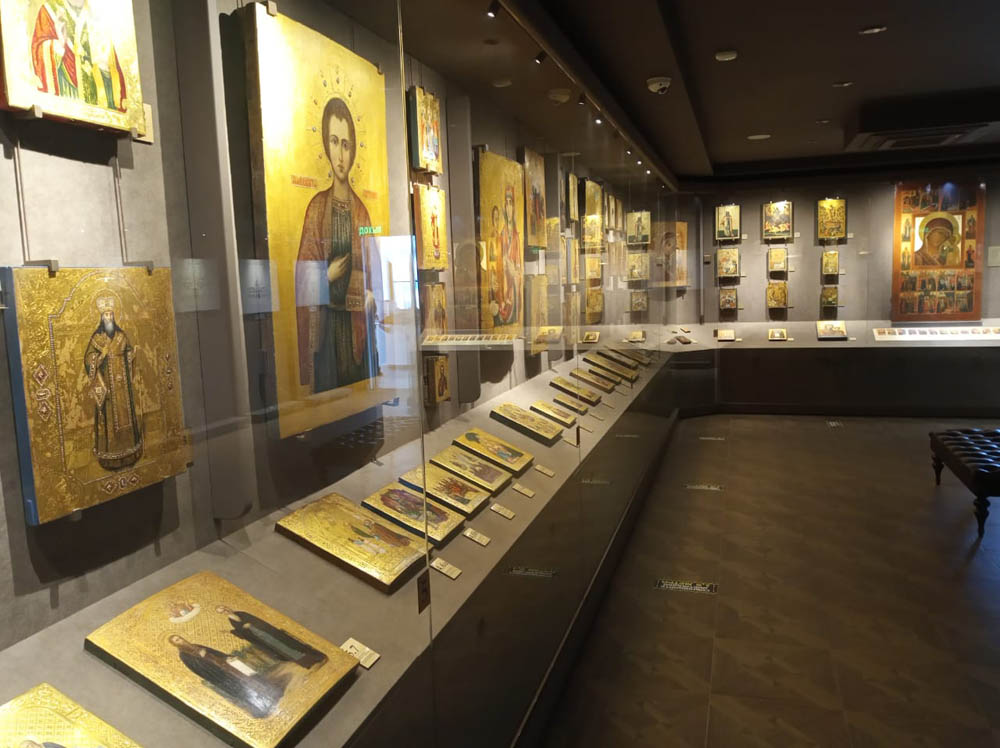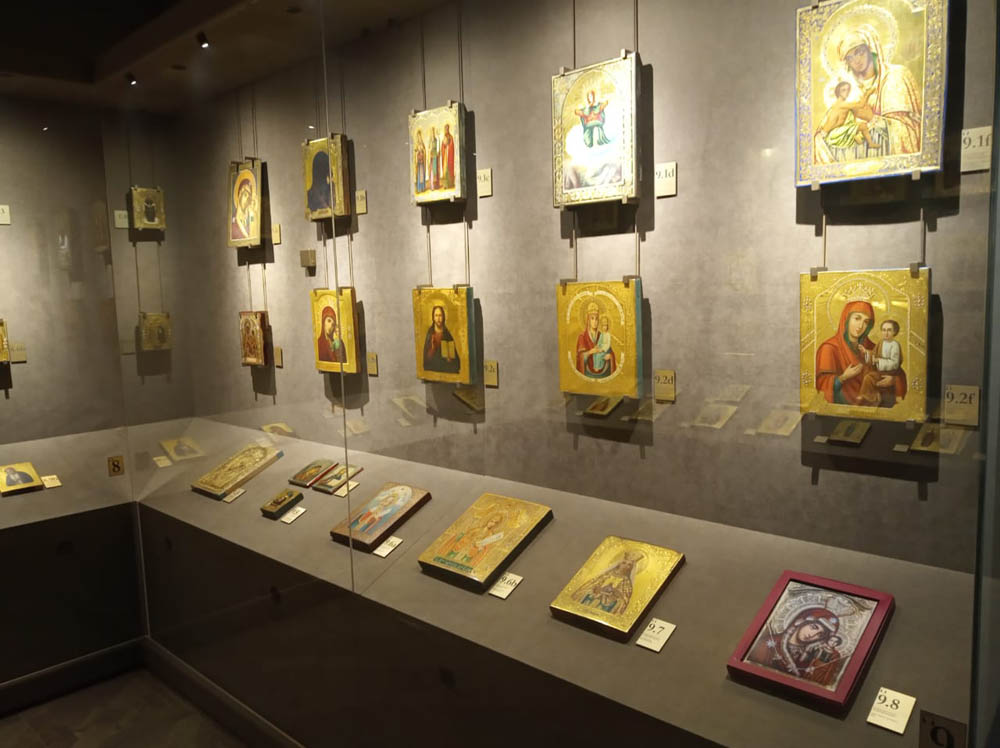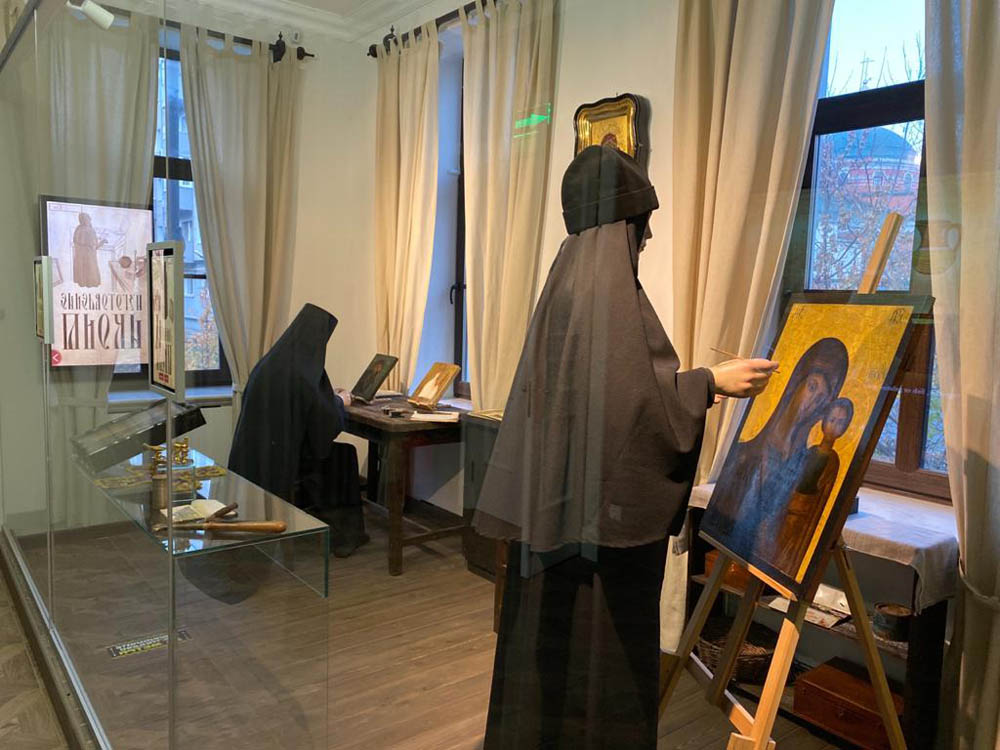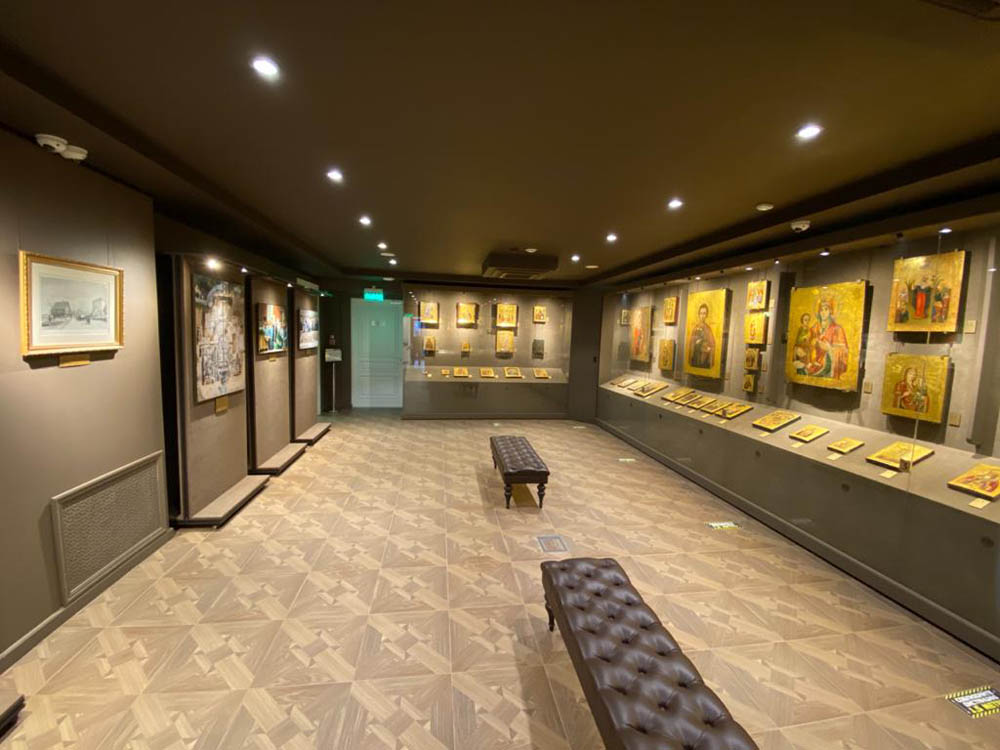On Thursday, the team of the Association of Private Museums of Russia visited Kazan, the Museum of the Kazan Icon. The private museum, founded by the collector and philanthropist Valery Sorokin, is located in a merchant house, next to the Kazan Kremlin, near the Kazan Mother of God Monastery. This place is historical; it was here in 1579 that the miraculous image of the Kazan Icon of the Mother of God appeared one of the most revered by the Russian Orthodox Church. The museum contains icon paintings made on gold at different times by the nuns of the Kazan Mother of God Monastery. Some of the exhibits are over a hundred years old. The main task of the founder and owner of the collection was not only to collect, but also to study and, of course, preserve icons as the most important cultural and historical value.
“It is more correct to name this place the Museum & Workshop of the Kazan Mother of God Monastery. It operated for about fifty years in the second half of the 19th century and managed to develop its own recognizable style, according to which we still know for sure that this icon was painted here,” says Valery Sorokin.
Some of the museum’s icons are united by the fact that they were intended for home and family use, they were called “house icons”, and they were painted on private orders. The plots consisted in the image of the faces of those saints who were of particular importance to the customers.
“In the Russian Orthodox Church, it was customary to come to the studio of icon painters and order patrons for all members of their family on one board. As, for example, on this museum exhibit they painted images of all patrons and Nicholas the Wonderworker with them at once. In general, this is a wonderful tradition that can and should be revived. If such an icon is inherited (of course, these are not ancestors’ images, but the faces of saints), then everyone will remember their ancestors at least by their names,” says Olga Kuzmina, chief curator of the museum’s fund.
Also, there are icons of other saints glorified by the Russian Orthodox Church on display in the museum: St. Theodosius, Archbishop of Chernigov, St. Demetrius, Metropolitan of Rostov and Yaroslavl and the miracle worker Seraphim of Sarov.
The Museum has audio guides with a three-hour and half-hour programs; on the ground floor, on an interactive screen, a seven-minute introductory film about the museum is shown, which prepares visitors for the tour.
In addition to icons, the collection includes a historical model of the environs of the Kazan Mother of God Monastery at the turn of the 19th and 20th centuries. In separate rooms, items of merchant life are presented, and an impromptu icon-painting workshop has been created. The museum has a shop where you can buy specific literature.
The Association of Private Museums of Russia is making an expedition to the cities of Russia, its goal is to unite the owners of private museums, find new museums, and open up new horizons for cooperation. The expedition is headed by Alexey Shaburov.
In September, the team of the Association visited private museums in the Novgorod and Leningrad regions, and St. Petersburg.
